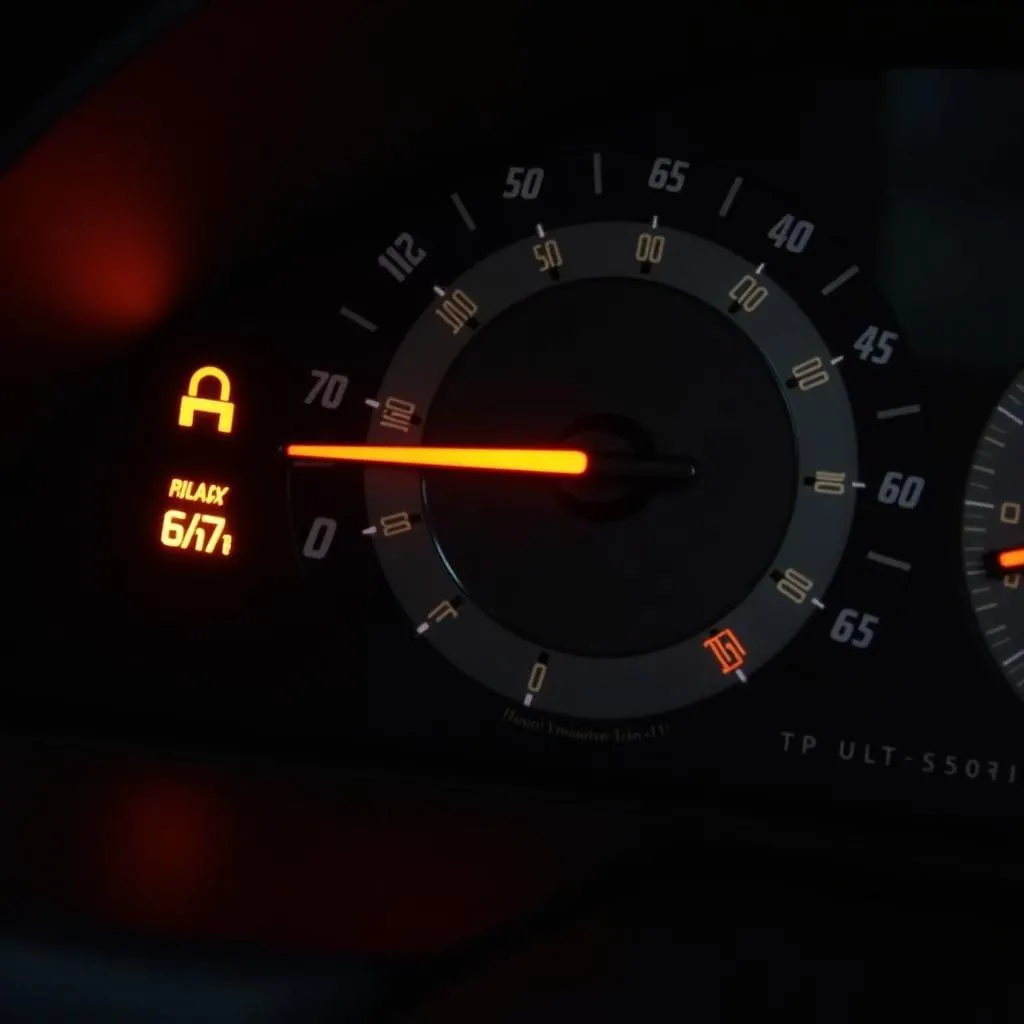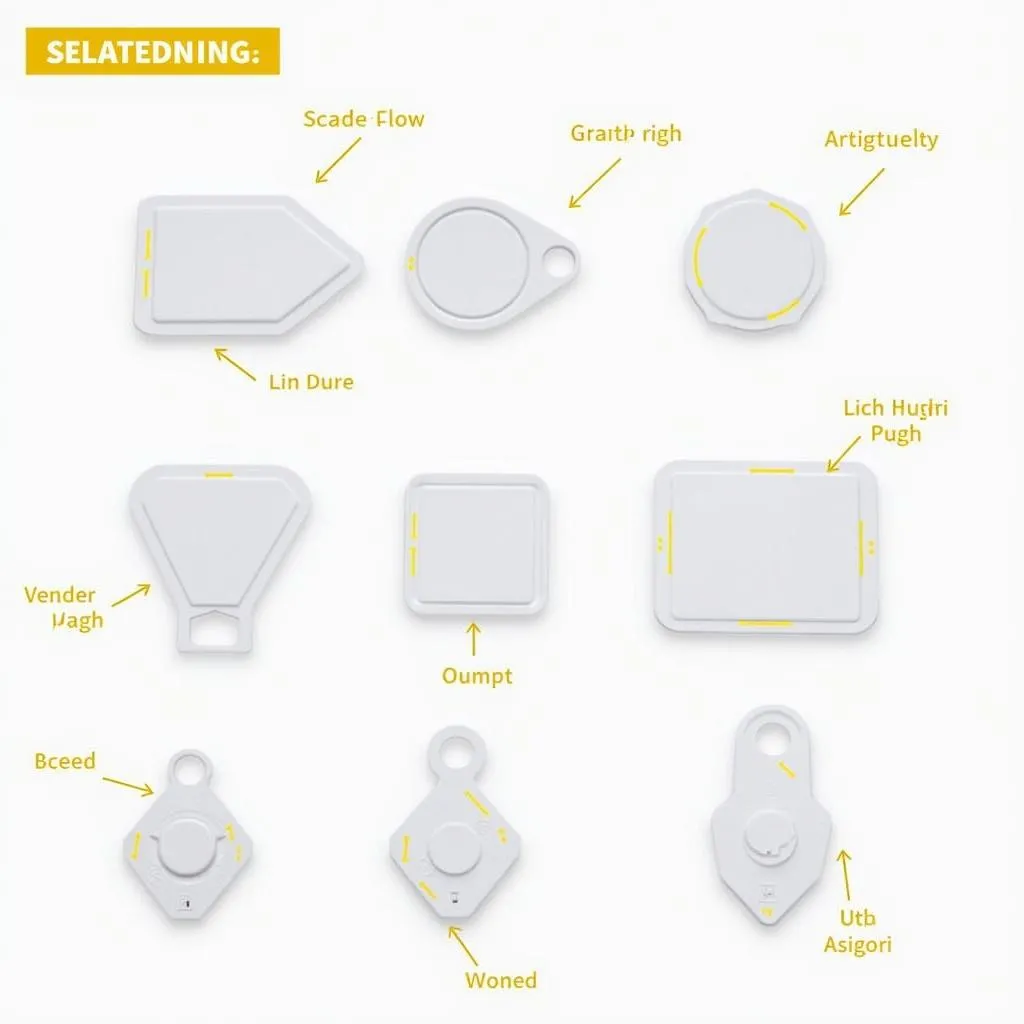Experiencing trouble with your Ford’s anti-theft system? You’re not alone. Many Ford owners find themselves facing this issue, often leading to frustration and a vehicle that won’t start. While bypassing a vehicle’s security system should only be used for legitimate reasons, such as accessing your own vehicle with a malfunctioning key fob, understanding how it works can be incredibly helpful for troubleshooting.
This comprehensive guide will delve into the intricacies of the Ford anti-theft system, explore common issues, and provide insights into potential solutions. Always remember to consult with a trusted automotive locksmith or dealership for assistance, especially if you’re unsure about any procedure.
Understanding the Ford Anti-Theft System
Ford’s anti-theft system, also known as the Passive Anti-Theft System (PATS), is designed to deter theft by preventing the engine from starting without the presence of a recognized key. It utilizes a transponder chip embedded within the key that communicates with the vehicle’s immobilizer module. When you insert your key, the system verifies the chip’s code. If the code is valid, the immobilizer module enables the fuel and ignition systems, allowing the engine to start.
Common Ford Anti-Theft System Issues
Several issues can arise with the Ford anti-theft system, often leading to starting problems. These may include:
- Weak Key Fob Battery: A low battery in your key fob can disrupt the communication between the transponder chip and the vehicle’s system.
- Faulty Transponder Chip: The transponder chip in your key can malfunction over time, preventing the immobilizer module from recognizing it.
- Immobilizer Module Problems: The immobilizer module itself can experience issues, leading to a failure in recognizing valid keys.
- Wiring Harness Faults: Problems within the vehicle’s wiring harness, particularly those connecting the immobilizer module to other components, can disrupt communication and trigger anti-theft system activation.
 Ford car key in ignition
Ford car key in ignition
Recognizing a Ford Anti-Theft System Problem
Identifying a potential issue with your Ford anti-theft system is often straightforward. Here’s what to look for:
- Security Indicator Light: The most obvious sign is a flashing or illuminated security indicator light on your dashboard. This light typically resembles a car with a padlock or the word “Theft.”
- Engine Cranking but not Starting: If you turn the key and hear the engine cranking but it fails to start, the anti-theft system might be preventing ignition.
- Key Not Detected Message: Some Ford models display a “Key Not Detected” message on the instrument panel when the system fails to recognize the key’s transponder chip.
Troubleshooting and Potential Solutions
Before attempting any work on your vehicle’s anti-theft system, it’s crucial to note that tampering with this system can potentially worsen the problem or even damage your vehicle. If you are not comfortable working with automotive electrical systems, it’s best to consult a professional.
Here are some potential steps for troubleshooting a Ford anti-theft system issue:
- Check Your Key Fob Battery: Replace the battery in your key fob, even if it seems to be working for other functions. A weak battery can interfere with the transponder chip’s signal.
- Try a Spare Key: If you have a spare key, attempt to start the vehicle using that key. Success with a spare key suggests a problem with the original key’s transponder chip.
- Inspect the Wiring: Visually inspect the wiring harness connected to the immobilizer module for any signs of damage, loose connections, or corrosion.
 Car dashboard with warning lights
Car dashboard with warning lights
When to Seek Professional Help
While some anti-theft system issues might be resolved with basic troubleshooting, more complex problems often require professional assistance.
Consider contacting a qualified automotive locksmith or dealership if:
- Troubleshooting Doesn’t Resolve the Issue: If basic steps fail to address the problem, it’s time to call in the experts.
- Suspect Immobilizer Module Failure: Diagnosing and repairing or replacing an immobilizer module requires specialized equipment and expertise.
- Need a New Key Programmed: If you need a new key, a dealership or qualified locksmith can program it to communicate with your vehicle’s anti-theft system.
Frequently Asked Questions
Can I disable my Ford’s anti-theft system?
While technically possible, disabling the anti-theft system is strongly discouraged. Doing so makes your vehicle vulnerable to theft and can void warranties.
How much does it cost to fix a Ford anti-theft system?
The cost of repair varies depending on the issue’s root cause. Simple fixes like replacing a key fob battery might cost under $10, while replacing an immobilizer module could range from $200 to $800 or more.
How do I know if my Ford key has a transponder chip?
Most Ford keys manufactured after the mid-1990s have transponder chips. You can check your owner’s manual or contact a dealership to confirm.
 Mechanic repairing car electronics
Mechanic repairing car electronics
Need Help with Your Ford? Contact Cardiagtech!
Facing persistent issues with your Ford’s anti-theft system or other automotive electronics? Don’t hesitate to reach out to Cardiagtech. Our team of expert technicians specializes in automotive diagnostics, programming, and remote software installation to get you back on the road quickly and safely.
We offer a wide range of products and services designed to tackle even the most challenging automotive electronic problems. Contact us today for expert assistance and experience the CARDIAGTECH difference!


